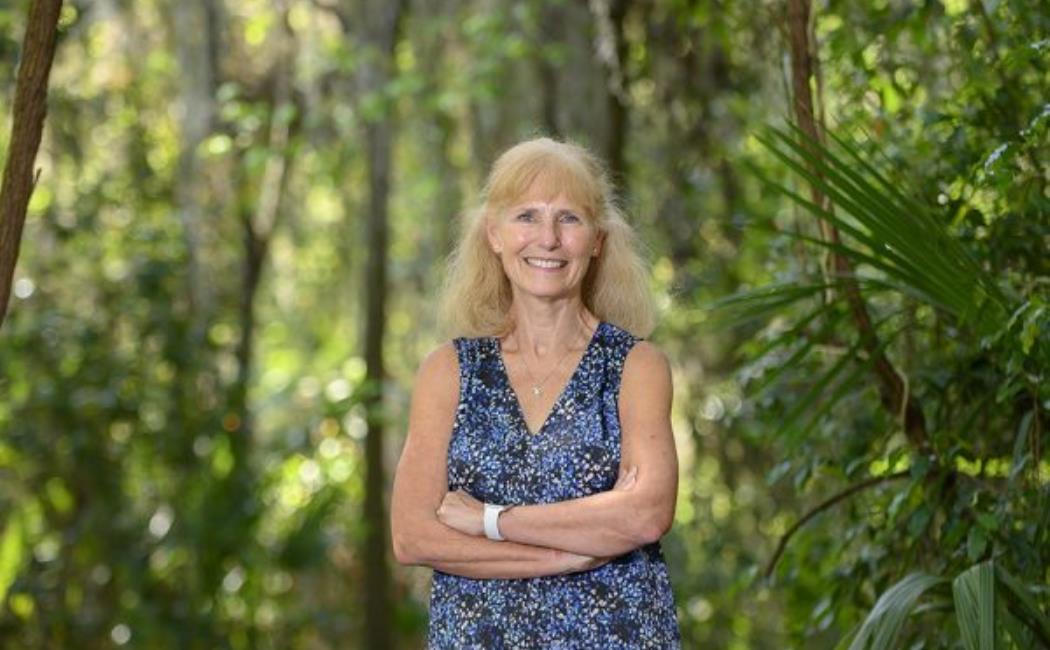Detail

Polyploidy and Plant Diversification
Speaker: Professor Pamela Soltis
Distinguished Professor and Curator, Florida Museum of Natural History, University of Florida
On Zoom
Abstract:
Polyploidy, or whole-genome duplication (WGD), has long been recognized as an important speciation mechanism in plants. However, WGD has biological effects that extend far beyond the generation of new species. WGD is a key integrator across levels
of biological organization, with effects that range from the molecular and subcellular levels to those of the ecosystem and Tree of Life. The immediate impact of WGD is duplication of all nuclear genetic material, but over time, the component subgenomes
become fractionated to yield a composite of duplicated and unduplicated loci. This loss of duplicate genes can begin to occur surprisingly quickly, in perhaps only a few generations. Through gene loss and shifts in gene expression, polyploid individuals
originating from a single polyploidization event may become genetically and phenotypically unique, together forming a morphologically, physiologically, and/or ecologically polymorphic population, in contrast to classical views of allopolyploids as
genetically identical and chromosomally fixed F1 hybrids. This array of genetic and phenotypic novelty may provide new variants that can potentially drive evolution in new directions, with consequences for the tempo of diversification at macroevolutionary
scales. Case studies in Tragopogon (Compositae) will illustrate patterns of duplicate gene loss and shifts in gene expression in synthetic and natural allopolyploids of recent origin. On longer timescales, signatures of ancient WGDs in Compositae
and across angiosperms are often associated with accelerated rates of species diversification, suggesting a causal role of WGD in the diversification of these clades. Although statistical support for co-localized WGD events and diversification
rate shifts is low across all angiosperms, many individual WGDs appear to be associated with the origins of novel features and increased diversification, suggesting that features that arise via microevolutionary processes may translate into key innovations
on macroevolutionary timescales.
About the Speaker:
Pamela Soltis is a Distinguished Professor and Curator in the Florida Museum of Natural History at the University of Florida and serves as Director of the UF Biodiversity Institute. Her main research interests are angiosperm phylogeny, polyploidy, and the use of digitized natural history collections in biodiversity research. Working with Douglas Soltis and others, she has made fundamental contributions to our understanding of angiosperm phylogeny and plant diversity. They have used this phylogenetic underpinning to address patterns of genome evolution and ancient polyploidy, including ancient whole-genome duplications that mark key clades of angiosperms. Her recent work on digitized natural history collections has addressed novel uses of herbarium specimens in studies of plant diversity. Working with a team of colleagues, she has helped develop outreach products that combine science and art, focusing on understanding, interpreting, and using the Tree of Life. She served as President of the Botanical Society of America in 2007-08 and of the Society of Systematic Biologists in 2005-06; she is currently Past-President of the American Society of Plant Taxonomists. She is a member of the National Academy of Sciences and a Fellow of the American Academy of Arts and Sciences.
Watch the recorded lecture on our YouTube Channel
Speakers
Professor Pamela Soltis
Distinguished Professor and Curator, Florida Museum of Natural History, University of Florida